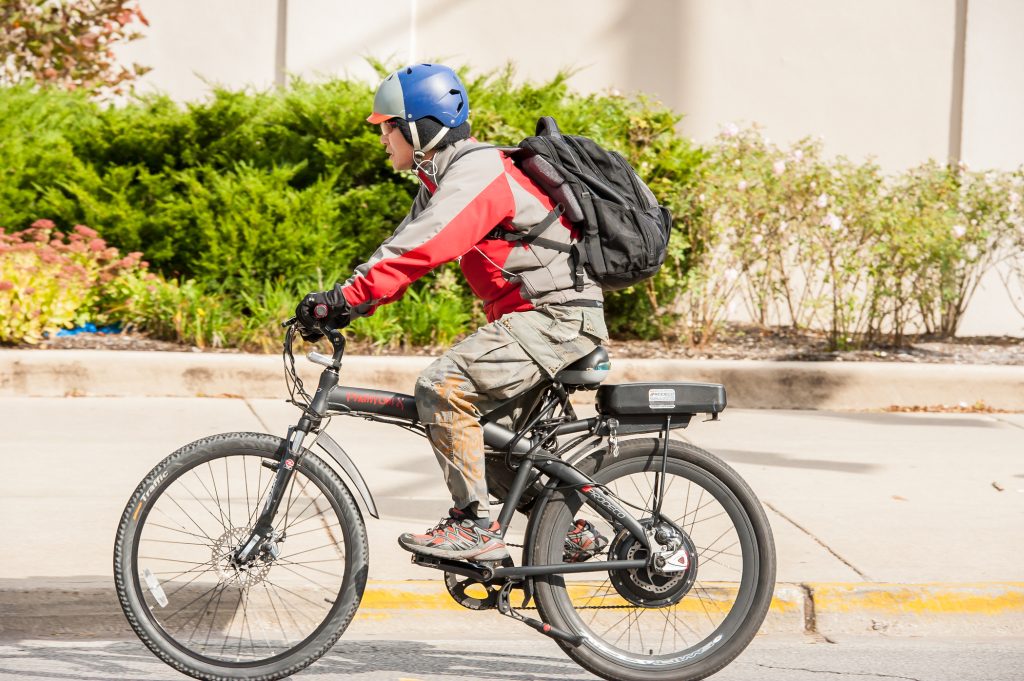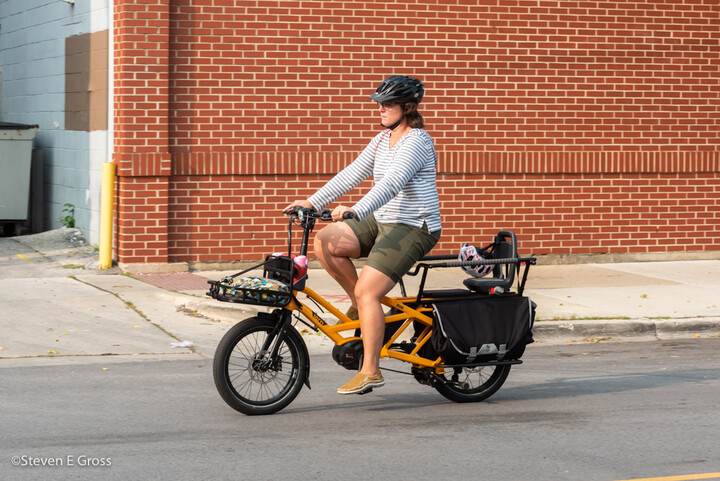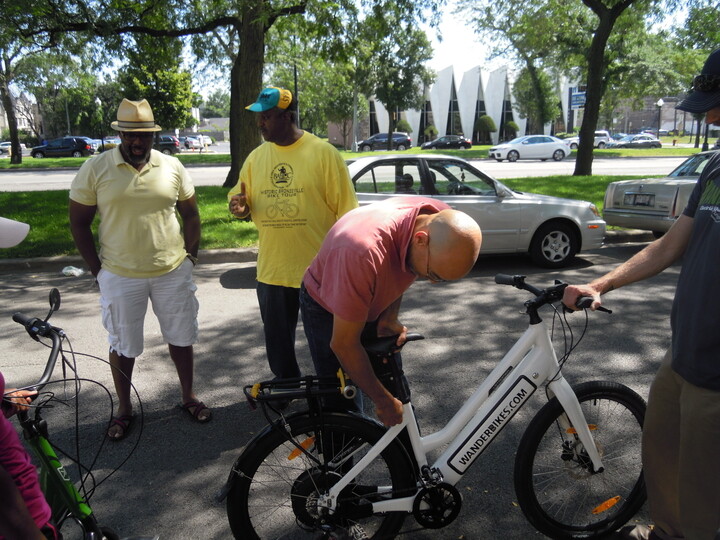In recent years, the micromobility market has been inundated with devices that resemble e-bikes but do not adhere to industry standards. Known as “e-motos,” these vehicles are faster and more powerful, making them more similar to e-motorcycles.
In response to safety concerns presented by e-moto use, a wave of local municipalities has begun passing ordinances to restrict them, but those ordinances are too broad reaching. The outcome is a growing patchwork of often confusing and sometimes conflicting local regulations.
In some instances, local governments are failing to distinguish e-bikes from e-motos. E-bikes are already regulated under Illinois law, while e-motos are not. In the worst cases, both types are being restricted, resulting in broad limitations that affect legal e-bike users as well.
E-bicycles are an important evolution in bicycling, allowing folks to continue riding into older age, ride longer distances, and haul children or goods. Limiting already-regulated e-bicycles hurts mobility options across our communities.
To help local communities grappling with these issues, Ride Illinois has compiled a list of recommendations for municipalities.
Ride Illinois plans to work with other advocates—including the Active Transportation Alliance—to assess potential state-level legislation. As Dave Simmons, executive director of Ride Illinois, recently told Axios, “The main thing is, if you’re working on a local ordinance, cool your jets.”
WHAT’S AN E-MOTO?
E-motos–a term coined by People For Bikes–are not legally defined in the Illinois Vehicle Code. E-motos are often incorrectly lumped in with legal e-bikes due to their similar appearance.
E-motos typically:
- Have an electric motor with a power output exceeding 750 watts
- Have a bicycle-style frame equipped with one or more operating modes and a throttle
- Are capable of exceeding 20 mph using only the throttle
When used by adults, e-motos should only be used in travel lanes intended for automobiles – not on sidewalks, trails or infrastructure intended for bicycles, e-bikes, scooters, personal mobility devices (such as motorized wheelchairs), or other legal modes.
You should know that not all things called “e-bikes” are suitable for young riders. In fact, many devices that are marketed to children and teens fall into the e-moto category. The non-profit advocacy group People for Bikes lays out questions parents should ask when considering buying an e-bike for a child.
WHAT’S AN E-BIKE?
Since 2018, the State of Illinois has recognized three classes of legal low-speed electric bicycles (625 ILCS 5/1-140.10). 47 other states also recognize three classes of legal e-bikes.
A bicycle equipped with fully operable pedals and an electric motor of less than 750 watts that meets the requirements of one of the following classes:
- Class 1: equipped with a motor that provides assistance only when the rider is pedaling and that ceases to provide assistance when the bicycle reaches a speed of 20 mph.
- Class 2: equipped with a motor that may be used exclusively to propel the bicycle and that is not capable of providing assistance when the bicycle reaches a speed of 20 mph.
- Class 3: equipped with a motor that provides assistance only when the rider is pedaling and that ceases to provide assistance when the bicycle reaches a speed of 28 mph. Per Illinois law, one must be 16 years of age or older to operate a Class 3 e-bike.
Want to know more about e-bikes? People for Bikes and the League of American Bicyclists offers a free online safety training course for new riders called E-Bike Smart.
Thanks to Dave Simmons at Ride Illinois for creating recommendations for local municipalities and being a valuable resource on this topic.
Top and bottom left photos courtesy of Steven Gross.



